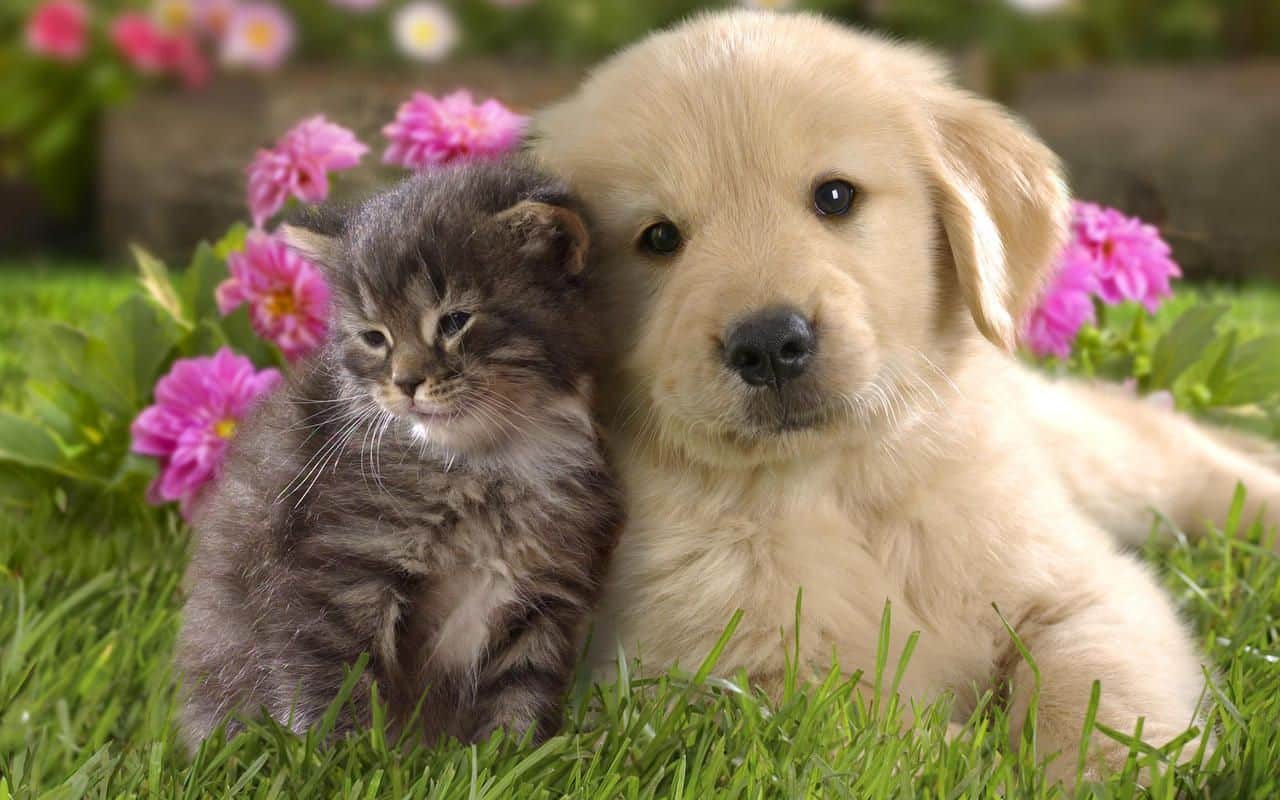It’s no secret that humans and dogs have an incredible bonding ability from the way that they form the initial bond with their master as a puppy to the way that dogs are able to become an extension of their human’s senses through service dog work. The question is just what type of connection do humans and dogs have with each other? A study has recently been done in the pet industry to get us started on answering this question.
The Experiment
In a study done in October of 2014 for the pet industry, a study was done including 14 women who had at least one child age 2-10 and a dog who had been part of the home for at least two years. With the help of MRI imaging technology, the scientists monitored the brain activity of the women as they looked at photos of their children and then photos of their dogs.
What the MRI machine showed that the parts of the brain associated with emotion, reward, relationships, and social interaction increased in activity when the women were shown pictures of their children. It also showed the same effect when these women were shown pictures of their dogs. Not only that, but the part of the brain involved in facial recognition actually responded greater when looking at their dogs than they did when looking at their children.
Finally, the part of the brain involved in forming bonds only became active when the women were shown their children’s photos.
The Pet Industry Conclusion
Dr. Lori Palley, the study co-lead author and employee of the MGH Center for Comparative Medicine said, “Pets hold a special place in many people’s hearts and lives, and there is compelling evidence from clinical and laboratory studies that interacting with pets can be beneficial to the physical social and emotional well-being of humans.”
According to previous studies done in the pet industry, Oxycontin levels were higher after interactions with their pets. The Oxycontin hormone is the hormone involved in pair-bonding and maternal attachment.
Luke Stoeckel, study co-lead author said that, “the results suggest there is a common brain network important for pair



